
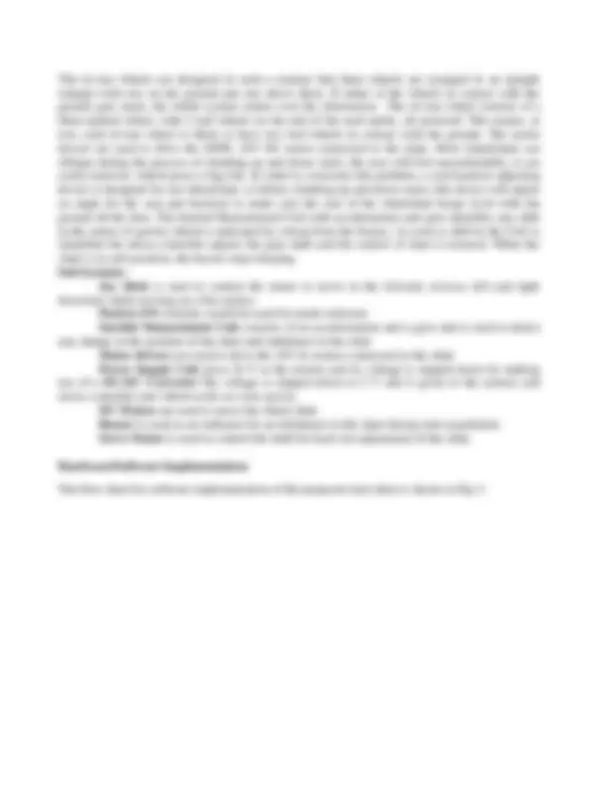
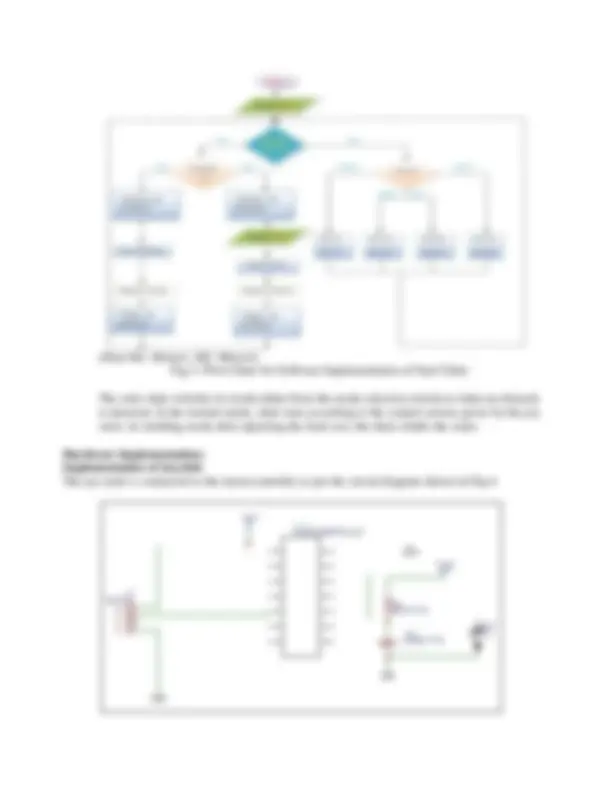
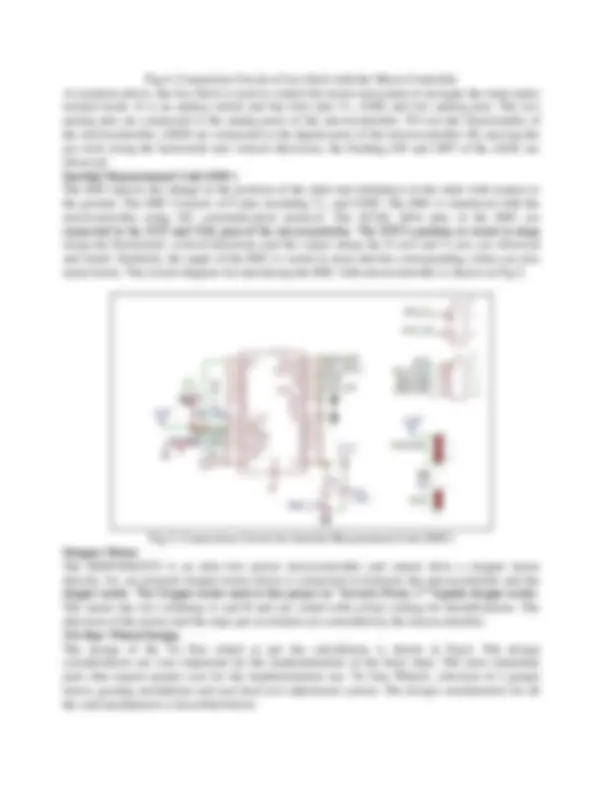
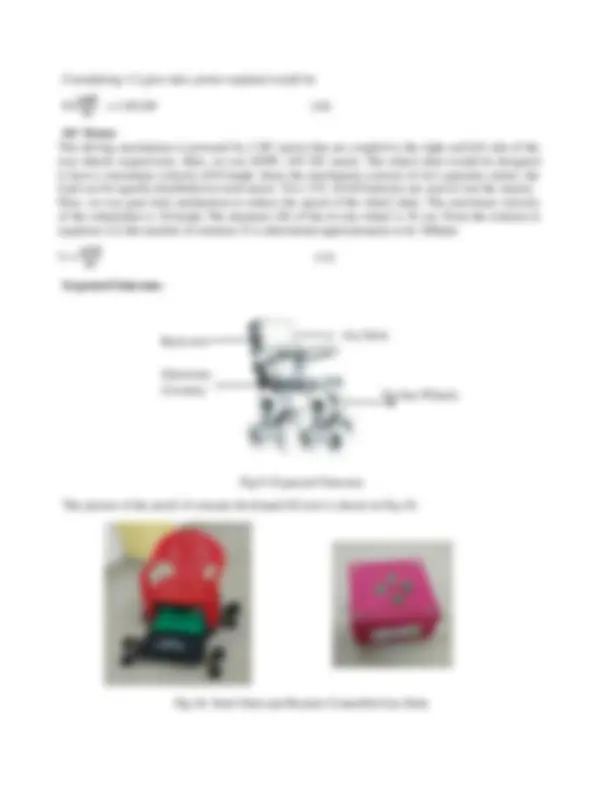
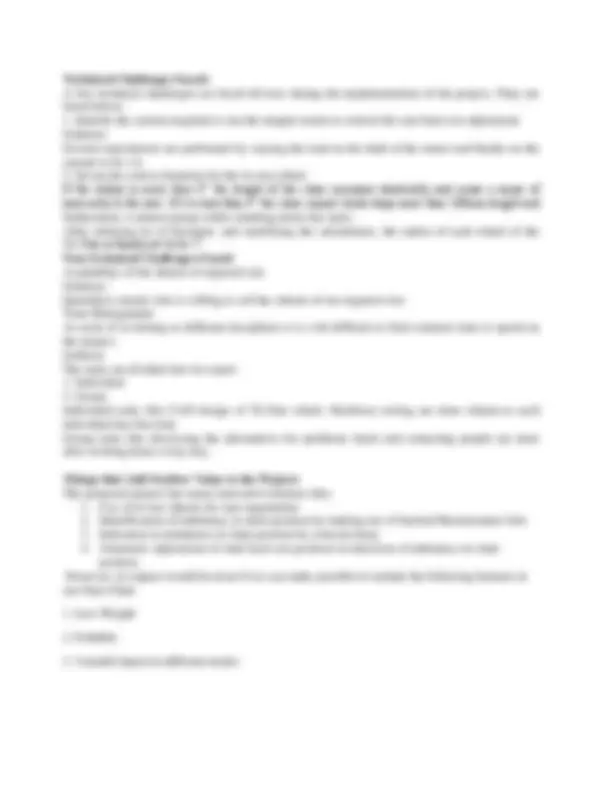


Study with the several resources on Docsity

Earn points by helping other students or get them with a premium plan


Prepare for your exams
Study with the several resources on Docsity

Earn points to download
Earn points by helping other students or get them with a premium plan
Community
Ask the community for help and clear up your study doubts
Discover the best universities in your country according to Docsity users
Free resources
Download our free guides on studying techniques, anxiety management strategies, and thesis advice from Docsity tutors
Hello world thus is cait d d do aghast sshhssjss. SsnjaikMmmaa S snsn
Typology: Thesis
1 / 9

This page cannot be seen from the preview
Don't miss anything!






Project Abstract: According to a statistical report given by the United Nations, there is an exceptionally rapid pace in the growth of elderly people who are above sixty years. It is observed that the number of older persons in 2013 is 841 million which is four times higher compared to 202 million older people in
Fig. 1 : System Level Diagram As shown in Fig. 1 , the wheels in the conventional wheel chair would be replaced by Tri-Star wheels on the front and rear ends of the chair. The tri-star wheels would take care of climbing up and down the stairs. The tri-star wheels are connected to the shafts of dc motor which are controlled by a microcontroller. While moving on the flat surfaces, the movement of the wheel chair can be controlled by making use of a joy-stick placed on the arm rest of the chair.To maintain centre of gravity while climbing and descending the stairs Seat backrest adjusting system is used. One can control the seat inclination by controlling the handle placed on seat. The block diagram of the proposed wheel chair is shown in Fig. 2. The proposed Stair Climbing Chair works in two modes of operation: Flat Surface mode and Stair case mode. The flat surface mode enables the chair to work as any motorized wheel chair and ensure free movement on the roads with the help of the Joy-stick. During the staircase mode the signals from the joy stick are disabled and the central shaft connected to the tri-star wheel comes into action. Fig. 2 : Block Diagram of Proposed Stair Chair Tri-Star Wheels Back-rest Electronic Circuitry Joy Stick
(Here M1: Motor1; M2: Motor2) Fig. 3 : Flow Chart for Software Implementation of Stair Chair The stair chair switches its mode either from the mode selection switch or when an obstacle is detected. In the normal mode, chair runs according to the control actions given by the joy stick. In climbing mode after adjusting the back rest, the chair climbs the stairs. Hardware Implementation: Implementation of Joystick The joy-stick is connected to the microcontroller as per the circuit diagram shown in Fig. Automatic seat inclination Automatic seat inclination Changes seat inclination Changes seat inclination
Fig.4: Connection Circuit of Joy-Stick with the Micro-Controller As mention above, the Joy-Stick is used to control the motor movement to navigate the chair under normal mode. It is an analog switch and has four pins Vcc, GND and two analog pins. The two analog pins are connected to the analog ports of the microcontroller. TO test the functionality of the microcontroller, LEDS are connected to the digital ports of the microcontroller. By moving the joy-stick along the horizontal and vertical directions, the flashing ON and OFF of the LEDs are observed. Inertial Measurement Unit (IMU) The IMU detects the change in the position of the chair and imbalance in the chair with respect to the ground. The IMU Consists of 8 pins including Vcc and GND. The IMU is interfaced with the microcontroller using I2C communication protocol. The SCLK, SDA pins of the IMU are connected to the SCK and SDA pins of the microcontroller. The IMU’s position is varied in steps along the Horizontal, vertical directions and the values along the X-axis and Y-axis are observed and noted. Similarly, the angle of the IMU is varied in steps and the corresponding values are also noted down. The circuit diagram for interfacing the IMU with microcontroller is shown in Fig.5. Fig.5: Connection Circuit for Inertial Measurement Unit (IMU) Stepper Motor The MSP430G2553 is an ultra low power microcontroller and cannot drive a stepper motor directly. So, an external stepper motor driver is connected in between the microcontroller and the stepper motor. The Stepper motor used in this project is “Invento Nema 17” bipolar stepper motor. The motor has two windings A and B and are coded with colour coding for identifications. The direction of the motor and the steps per revolution are controlled by the microcontroller. Tri-Star Wheel Design The design of the Tri Star wheel as per the calculations is shown in Fig.6. The design considerations are very important for the implementation of the Stair chair. The most important parts that require proper care for the implementation are: Tri Star Wheels, selection of a proper motor, gearing mechanism and seat back rest adjustment system. The design consideration for all the said mechanisms is described below:
Fig.7: Tristar wheel parameters rmin = 6R+a(3b−√ 3 a) ( 3 −√ 3 )a−( 3 +√ 3 )b = 9.57cm (2) rmax = √ a^2 +b^2 2 = 22.56cm (3) tmax= ar( 3 −√ 3 )+br( 3 +√ 3 )+a(√ 3 a−3b) 6R =5cm (4) Fig.8: Free body diagrams From free body diagrams, considering the equilibrium equations We have, T1 = N1Rcosθ- f(r+Rsinθ) (5) T2= N2Rcosθ+ f(r+Rsinθ) (6) T1 + T2 =mgRcos𝜃 (7) Maximum value of essential static torques Tall = 2 (T1 +T2 )max = 2mgR = MgR (8) Assuming overall weight of prototype to be 70 kg, T=Tall= 709.8*( 18. 42 ∗ 10 −^2 ) = 126.36 N-m (9)
Considering 1:2 gear ratio, power required would be P= 2 πNT 60 = 1.98 kW (10) DC Motor The driving mechanism is powered by 2 DC motor that are coupled to the right and left side of the rear wheels respectively. Here, we use 450W, 24V DC motor. The wheel chair would be designed to have a maximum velocity of10 kmph. Since the mechanism consists of two separates motor, the load can be equally distributed to each motor. Two 12V, 45AH batteries are used to run the motors. Here, we use gear train mechanism to reduce the speed of the wheel chair. The maximum velocity of the wheelchair is 10 kmph. The diameter (D) of the tri-star wheel is 38 cm. From the relation in equation ( 1 2) the number of rotations N is determined approximately to be 300rpm V = π D N 60
Expected Outcome: Fig.9: Expected Outcome The picture of the proof of concept developed till now is shown in Fig.10. Fig.10: Stair Chair and Remote-Controlled Joy-Stick Tri-Star Wheels Back-rest Electronic Circuitry Joy Stick